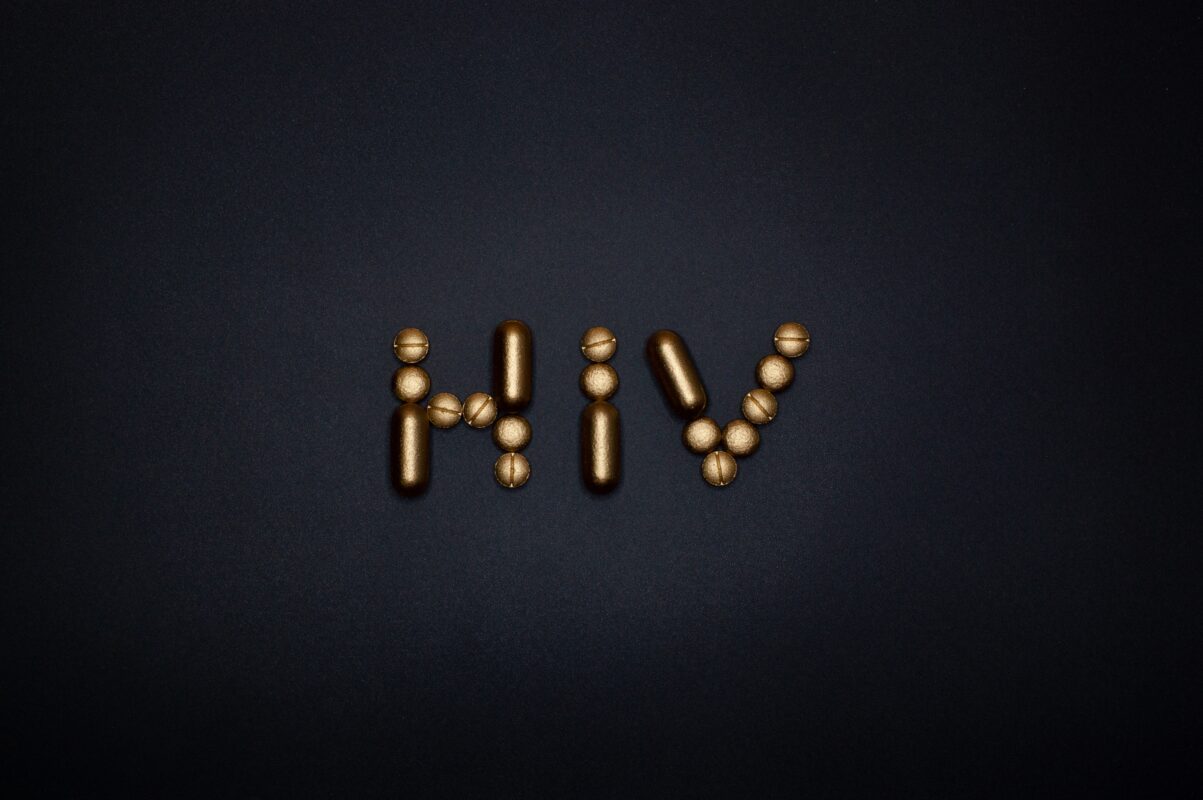Uncategorized
Advancements in HIV treatment and prevention strategies

The human immunodeficiency virus (HIV) has been a global health challenge for decades, affecting millions of lives and prompting relentless efforts to find effective treatment and prevention strategies. The field of HIV research has witnessed remarkable progress, leading to transformative advancements in both treatment options and prevention methods. In this article, we delve into the groundbreaking developments that have revolutionized HIV management and prevention.
HIV treatment advancements,
- Antiretroviral therapy (ART): The introduction of antiretroviral therapy marked a significant turning point in HIV treatment. ART involves combining multiple drugs that target different stages of the HIV life cycle, effectively suppressing viral replication and slowing disease progression. Newer generations of antiretroviral drugs are more potent, have fewer side effects, and offer improved convenience with once-daily dosing.
- Treatment as prevention (TasP): Research has confirmed that individuals with undetectable viral loads due to successful ART are highly unlikely to transmit HIV to their partners. This concept, known as “Undetectable = Untransmittable” (U=U), not only improves the quality of life for people living with HIV but also contributes significantly to HIV prevention efforts.
- Long-acting therapies: Traditional ART requires daily pill regimens, which can pose adherence challenges. Recent advancements include the development of long-acting injectable formulations that require administration every few weeks or months. These long-acting therapies enhance convenience and adherence, reducing the risk of treatment failure.
- Gene editing and functional cure research: While a complete cure for HIV remains elusive, gene editing technologies like CRISPR-Cas9 have shown promise in modifying immune cells to be resistant to HIV infection. Additionally, research is ongoing to identify individuals with natural immunity to HIV, offering insights into potential functional cures.
Prevention strategies,
- Pre-exposure prophylaxis (PrEP): PrEP involves the use of antiretroviral drugs by individuals at high risk of HIV infection to prevent transmission. When taken consistently, PrEP has proven highly effective in reducing the risk of HIV acquisition. New formulations, such as long-acting injectable PrEP, offer extended protection and eliminate the need for daily pill-taking.
- Post-exposure prophylaxis (PEP): PEP involves taking antiretroviral drugs after potential exposure to HIV to prevent infection. Rapid initiation of PEP after high-risk exposure has shown effectiveness in preventing HIV transmission.
- Microbicides and vaginal rings: Research into microbicides—topical substances that can inhibit HIV transmission—has led to the development of vaginal rings that release antiretroviral drugs over time. These rings empower women with a discreet and user-controlled prevention option.
- Vaccine development: Developing an effective HIV vaccine has been a formidable challenge due to the virus’s ability to rapidly mutate. However, recent vaccine candidates have shown promising results in clinical trials, renewing hope for a preventive vaccine.
Combination approaches and global impact
Advancements in HIV treatment and prevention are often most impactful when combined. Comprehensive approaches, such as combining TasP, PrEP, and behavioral interventions, have the potential to significantly reduce HIV transmission rates. Additionally, the global effort to increase access to these advancements has led to notable progress in reducing new HIV infections and improving the lives of those affected by the virus.
The strides made in HIV treatment and prevention over the years have transformed what was once considered a death sentence into a manageable chronic condition. With continued research, innovation, and global collaboration, the goal of achieving an AIDS-free world remains within reach. As advancements continue to unfold, individuals living with HIV can look forward to improved treatment options and a future with reduced stigma and discrimination. Additionally, enhanced prevention strategies offer hope for curbing the spread of HIV and ultimately achieving a world where HIV is no longer a public health crisis.


